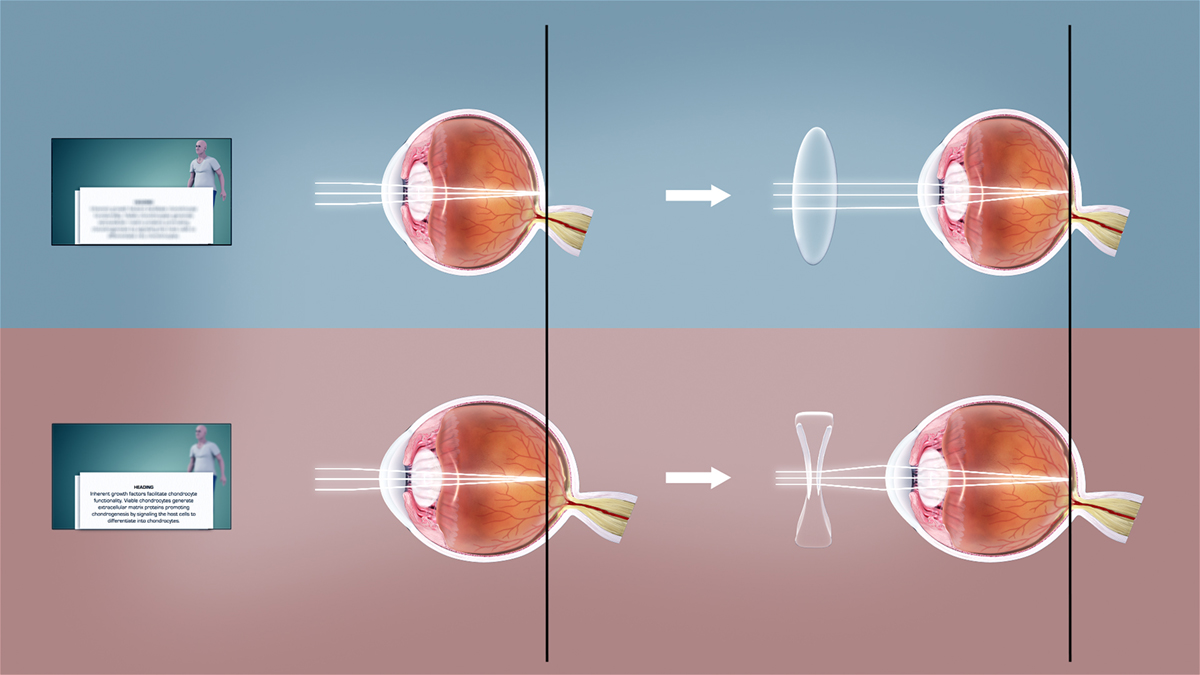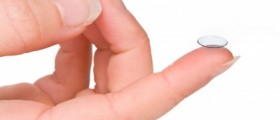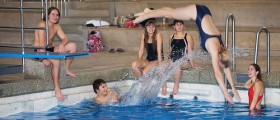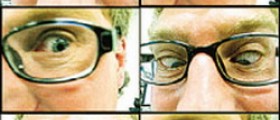
Definition of Hyperopia
Hyperopia is a certain type of medical condition which canbe characterized as a defect of vision triggered by imperfections in the eye.Those who suffer from hyperopia cannot focus on near objects normally andsevere cases may include difficulties in focusing objects at any distances. Theseimperfections occur when a person has eyeballs which are too short or when aperson has lens which are not round enough. The image a person sees when experiences hyperopia is blurred becausethe power of the lens and the cornea are insufficient.
Treatment Options for Hyperopia
Hyperopia is known for producing binocular dysfunction,amblyopia, blurred vision and visual discomfort, especially when it is leftuncorrected. Various learning problems can be associated with significant casesof hyperopia. All different treatment options are commonly meant to alleviate theexisting problems and prevent any future risks or damage from occurring due tohyperopia. All different cases of hyperopia require specifically tailoredelements of treatment. There are different types of factors which need to betaken into consideration during the planning of different treatment strategiesand those commonly include the patient’s symptoms, the demands placed on the visualsystem, convergence, the status of accommodation, the presence of an associatedamblyopia, the presence of an associated esotropia, the patient’s age, thepresence of anisometropia, the presence of astigmatism and the overall magnitudeof the hyperopia. There are various treatment options for those who suffer fromhyperopia but the most common ones include optical correction, vision therapy,pharmaceutical therapy and refractive surgery.
Optical correction is usually the first choice of treatmentfor most cases of hyperopia and in most cases it involves spectacles. Thespectacles come equipped with spherocylindrical lenses or plus-power sphericallenses which are very efficient in shifting the focus of light from behind theeye to a certain point on the retina. There are a large number of patients whoexperience difficulties in tolerating the prescribed correction spectacles andthere are also those which do not tolerate the full correction. Children usually findit much easier to adapt to the tolerance of full optional correction. Those whoexperience troubles with hyperopic correction usually tend to wear thespectacles only for near viewing. The lensesprescribed for the correction of hyperopia may be multifocal or single vision,depending on the individual needs of the patient. In recent times, the use ofaspheric lens designs and high index materials have greatly decreased the weightand thickness of lenses as well as their wearability. An alternative for allthose who do not want or cannot wear spectacles are rigid or soft contactlenses. Prescribed contact lenses may come in the form of monovision contactlenses and multifocal contact lenses. The big problem with contact lenses isthat they are usually much more expensive than spectacles and they are alsoassociated with much more care and responsibilities. Additional trouble withcontact lenses is that they may lead to the development of certain othercomplications such as infections, mechanical irritations and corneal hypoxia.
Vision therapy is commonly used in the cases which requireremedying of the accommodative dysfunction. Certain patients who experiencetroubles tolerating the correction spectacles may be prescribed with a type ofmedication called miotics. These anticholinesterase agents usually includeechothiophate iodide and diisopropylfluorophosphate but their use in largelylimited because they may trigger some serious side effects. Certainmodifications of the patient’s habits and environment may alleviate thesymptoms of the condition but they unfortunately cannot reduce the level ofhyperopia. These modifications commonly include ergonomic conditions at thecomputer terminal, optimal visual hygiene, decreasing temporal demands, use ofbetter quality printed material, reducing glare and improving the lightingconditions. There are also certain refractive surgery techniques which can beof great help to those who suffer from hyperopia. The most commonly used onesinclude clear lens extraction with intraocular lens implantation, excimerlaser, spiral hexagonal keratotomy, automated lamellar keratoplaty and laserthermal keratoplasty. Lower ranges of hyperopia are commonly a safe correctionoption, but there are no long turn outcomes established yet.
Prognosis
Good news for everyone who suffers from hyperopia is thatthis medical condition cannot be considered as a progressive one, so thegeneral prognosis for all those who are affected by it is excellent. Proper correctionalways provides the patient with comfortable and clean single binocular vision.The followup is sometimes required in a rather intensive form. There are also alarge number of people who suffer from a pathologic type of hyperopia. Thesepeople need certain treatment methods for all the underlying conditionsassociated with hyperopia and they need to refer to eye care providers forspecial services. It is also very important to stress out that all those whosuffer from persistent symptoms of hyperopia require additional followup careso that all their medical problems can be remediated properly.

















Your thoughts on this
Loading...